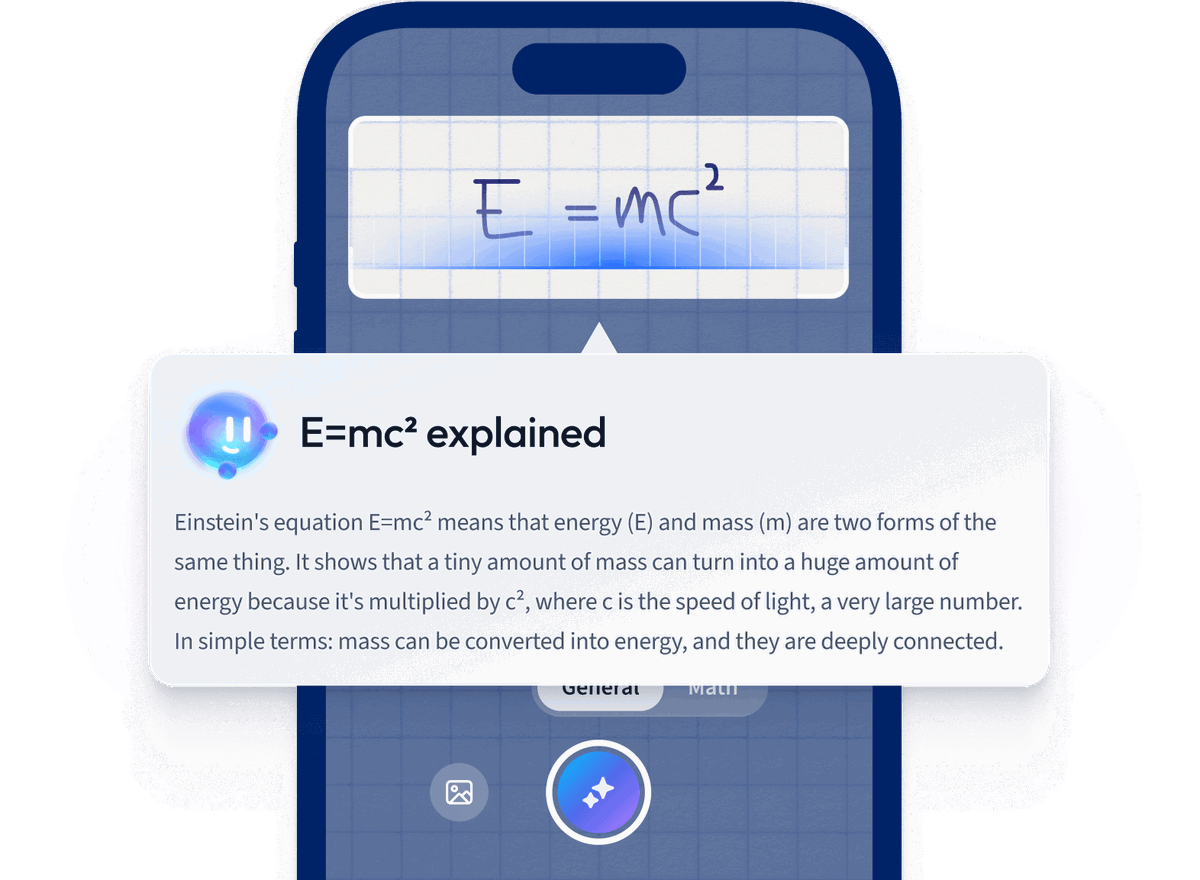What is the role of pragmatic competence in language learning?
Pragmatic competence is crucial in language learning as it involves understanding and using language appropriately in different social contexts. It helps learners convey and interpret meanings beyond literal words, facilitating effective communication, understanding of cultural nuances, and the ability to respond to various conversational demands.
How can pragmatic competence be developed in language learners?
Pragmatic competence can be developed in language learners through exposure to authentic interactions, role-playing exercises, and targeted teaching of cultural norms and context-specific language use. Additionally, providing feedback on pragmatic errors and engaging learners in reflection on communicative practices can further enhance their pragmatic skills.
How can pragmatic competence be assessed in language learners?
Pragmatic competence in language learners can be assessed through tasks that evaluate their ability to use language appropriately in various social contexts. This can include role-plays, discourse completion tasks, and the analysis of speech acts, such as making requests or apologies, to measure their understanding of sociocultural norms and language functions.
Why is pragmatic competence important in cross-cultural communication?
Pragmatic competence is crucial in cross-cultural communication as it helps individuals understand and appropriately use language in various social contexts, preventing misunderstandings. It facilitates effective and respectful interactions by considering cultural norms, politeness strategies, and context-specific language usage, thus enhancing mutual comprehension and collaboration.
What are examples of pragmatic competence in everyday communication?
Examples of pragmatic competence include understanding and using polite language, knowing how to make requests appropriately, interpreting implied meanings or sarcasm, and adjusting one's speech based on context, such as speaking differently to a friend versus a boss.










